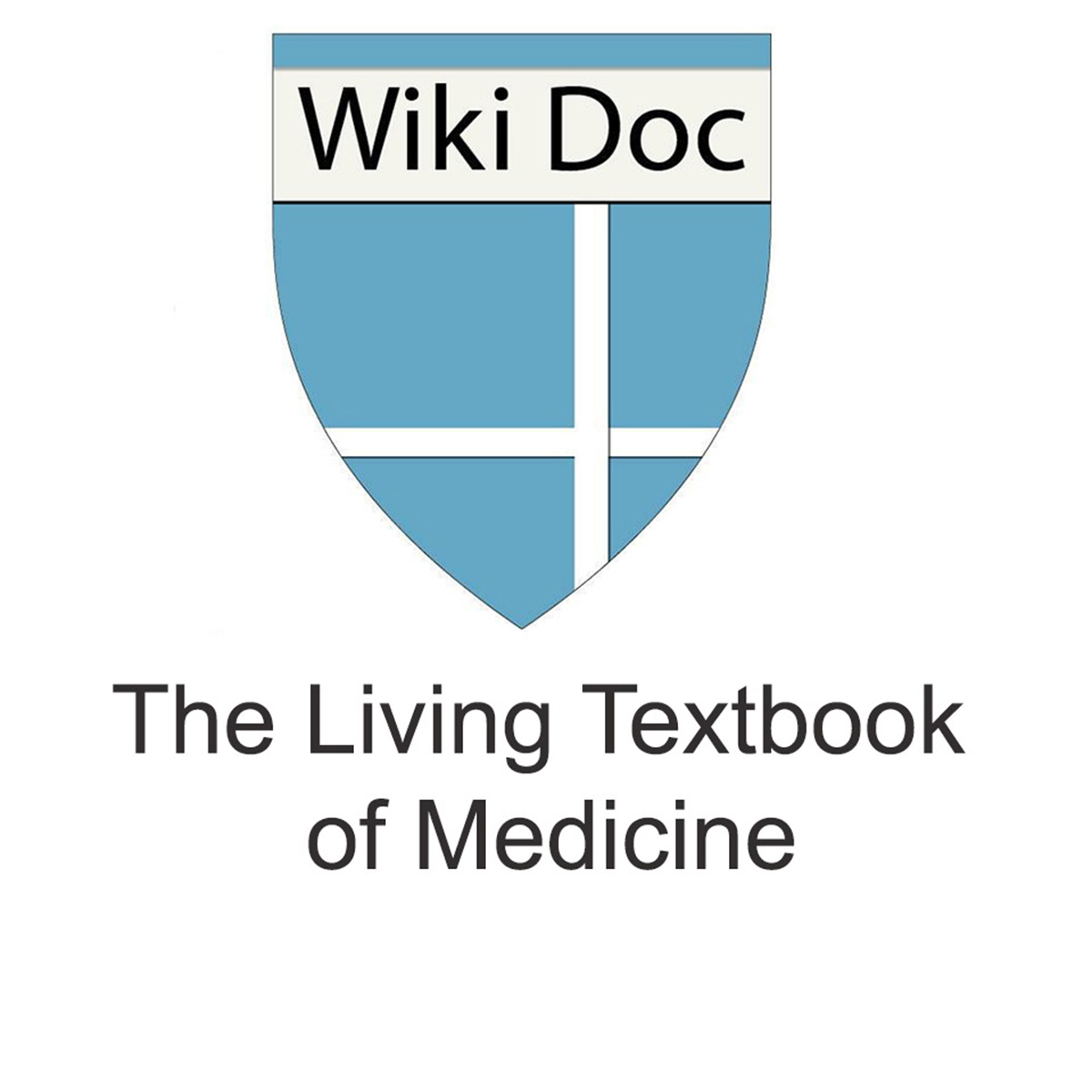|
|
| Line 1: |
Line 1: |
| = Central Nervous System =
| |
|
| |
|
| == OverviewDeatail ==
| |
| The telencephalon gives rise to the [[striatum]] (caudate nucleus and putamen), the [[hippocampus]] and the [[neocortex]], its cavity becomes the lateral (first and second) ventricles. The diencephalon give rise to the [[subthalamus]], [[hypothalamus]], [[thalamus]] and [[epithalamus]], its cavity to the third ventricle. The mesencephalon gives rise to the [[tectum]], [[pretectum]], [[cerebral peduncle]] and its cavity develops into the [[mesencephalic duct]] or cerebral aqueduct. Finally, the rhombencephalon gives rise to the [[pons]], the [[cerebellum]] and the [[medulla oblongata]], its cavity becomes the fourth ventricle.
| |
|
| |
|
| The '''central nervous system''' ('''CNS''') represents the largest part of the [[nervous system]], including the [[brain]] and the [[spinal cord]]. Together with the [[peripheral nervous system]], it has a fundamental role in the control of [[behavior]]. The CNS is contained within the dorsal cavity, with the brain within the cranial subcavity, and the spinal cord in the [[spinal cavity]]. The CNS is covered by the [[meninges]]. The brain is also protected by the skull, and the spinal cord is also protected by the vertebrae.
| | [[File:A3.jpg|thumb]] |
| | | [[File:An1.jpg|thumb]] |
| == Function ==
| | [[File:A2.jpg|thumb]] |
| Since the strong theoretical influence of [[cybernetics]] in the fifties, the CNS is conceived as a system devoted to information processing, where an appropriate motor output is computed as a response to a sensory input. Yet, many threads of research suggest that motor activity exists well before the maturation of the sensory systems and then, that the senses only influence behavior without dictating it. This has brought the conception of the CNS as an autonomous system.
| |
| | |
| == Developement ==
| |
| In the developing fetus, the CNS originates from the [[neural plate]], a specialised region of the [[Germ layer|ectoderm]], the most external of the three embryonic layers. During embryonic development, the neural plate folds and forms the [[neural tube]]. The internal cavity of the neural tube will give rise to the ventricular system. The regions of the neural tube will [[Cellular differentiation|differentiate]] progressively into transversal systems. First, the whole neural tube will differentiate into its two major subdivisions: [[brain]] (rostral/cephalic) and [[spinal cord]] (caudal). Consecutively, the brain will differentiate into [[prosencephalon]] and [[brainstem]]. Later, the prosencephalon will subdivide into [[telencephalon]] and [[diencephalon]], and the brainstem into [[mesencephalon]] and [[rhombencephalon]].
| |
| | |
| === Details ===
| |
| The telencephalon gives rise to the [[striatum]] (caudate nucleus and putamen), the [[hippocampus]] and the [[neocortex]], its cavity becomes the lateral (first and second) ventricles. The diencephalon give rise to the [[subthalamus]], [[hypothalamus]], [[thalamus]] and [[epithalamus]], its cavity to the third ventricle. The mesencephalon gives rise to the [[tectum]], [[pretectum]], [[cerebral peduncle]] and its cavity develops into the [[mesencephalic duct]] or cerebral aqueduct. Finally, the rhombencephalon gives rise to the [[pons]], the [[cerebellum]] and the [[medulla oblongata]], its cavity becomes the fourth ventricle.
| |
| | |
| == Evolution ==
| |
| The basic pattern of the CNS is highly conserved throughout the different species of [[vertebrates]] and during evolution. The major trend that can be observed is towards a progressive telencephalisation: while in the reptilian brain that region is only an appendix to the large olfactory bulb, it represent most of the volume of the mammalian CNS. In the human brain, the telencephalon covers most of the diencephalon and the mesencephalon. Indeed, the [[Allometry|allometric]] study of brain size among different species shows a striking continuity from rats to whales, and allows us to complete the knowledge about the evolution of the CNS obtained through cranial endocasts.
| |
| | |
| == Central Nervous sytem vertebrates ==
| |
| <br /> | | <br /> |
| {| class="wikitable"
| |
| | rowspan="6" |Central
| |
| nervous
| |
| system
| |
| | rowspan="5" |[[Brain]]
| |
| | rowspan="2" |[[Prosencephalon]]
| |
| |[[Telencephalon]]
| |
| | colspan="2" |[[Rhinencephalon]], [[Amygdala]], [[Hippocampus]], [[Neocortex]], [[Lateral ventricles]]
| |
| |-
| |
| |[[Diencephalon]]
| |
| | colspan="2" |[[Epithalamus]], [[Thalamus]], [[Hypothalamus]], [[Subthalamus]], [[Pituitary gland]], [[Pineal gland]], [[Third ventricle]]
| |
| |-
| |
| | rowspan="3" |[[Brain stem]]
| |
| |[[Mesencephalon]]
| |
| | colspan="2" |[[Tectum]], [[Cerebral peduncle]], [[Pretectum]], [[Mesencephalic duct]]
| |
| |-
| |
| | rowspan="2" |[[Rhombencephalon]]
| |
| |[[Metencephalon]]
| |
| |[[Pons]], [[Cerebellum]],
| |
| |-
| |
| |[[Myelencephalon]]
| |
| |[[Medulla oblongata]]
| |
| |-
| |
| | colspan="5" |[[Spinal cord]]
| |
| |}
| |
|
| |
| == Realated chapters ==
| |
|
| |
| * Glossary of anatomical
| |
| * terminology
| |
| * List of regions
| |
| * central nervous sys
| |
|
| |
| °!"#$%&/()=?¡¨ [[ST elevation myocardial infarction]] [[Heart murmurs#holosystolic%20(pansystolic)|heart murmurs#holosystolic (pansystolic)]]
| |
| {| class="wikitable"
| |
| |+
| |
| !
| |
| !
| |
| !
| |
| !
| |
| |-
| |
| |
| |
| |
| |
| |
| |
| |
| |
| |-
| |
| |
| |
| |
| |
| |
| |
| |
| |
| |-
| |
| |
| |
| |
| |
| |
| |
| |
| |
| |}
| |
|
| |
| * tem
| |
|
| |
| <big>jgghkjh</big><small>lkjhklhj</small>l<big>kljk</big>
| |
|
| |
| <nowiki><font color="red">your text</fon</nowiki>
| |
| <references />#REDIRECT [[ST elevation myocardial infarction|ST elevation myocardial]] [[Heart murmur#holosystolic%20(pansystolic)%20murmurs|heart murmur#holosystolic (pansystolic) murmurs]]
| |


